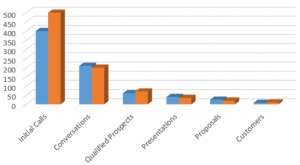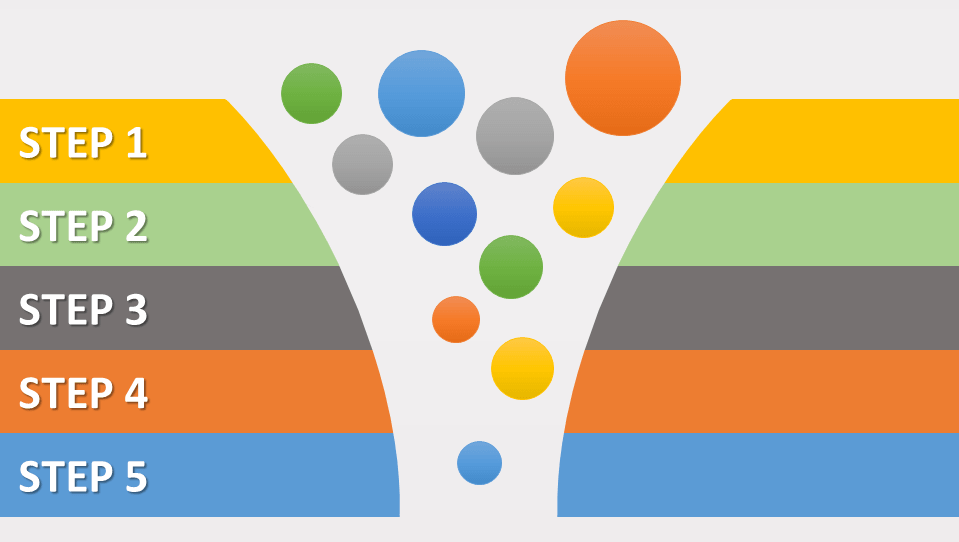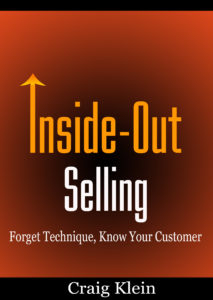Is your CRM solution able to clearly break down the numbers that drive your marketing and sales funnel? “Sales is a numbers game.” is true. Sales performance is ultimately measured in actual sales numbers but, the meaning of the cliche is different. Winning at sales is about understanding the other numbers that drive sales results and keeping your focus on performing there.
What are the actions that lead to sales? Sales processes differ and so will the key sales actions and metrics. However, the two indisputably greatest sources of failure for salespeople are Prospecting and Follow up.
In a completely inbound sales process, there may be no need for either of these. However, it’s important for the salesperson to be aware of the importance of these factors in any case. Things change in business all the time for many reasons. A salesperson that is dependent on marketing to generation inbound leads, provide engaging content and other key assets on the website, etc. must know that any change to those elements could have a direct effect on their own results. Of course, if significant changes are made to the marketing mix or messaging and you detect a slowdown in inbound leads or a marked change in the “quality” of the leads, you should have a plan B. Of course, bringing the issue up to management, etc. is important too so you can quickly bounce back. . However, this can often lead to frustration. The business probably has a longer time horizon to see if the changes will really work than the salesperson can see. A salesperson is concerned about their commission check next month. The business may be expecting a slow down this quarter and gains to come further down the road. Will talk more about Plan B later.
Common Sales Problems
In most sales organizations, the salesperson has a responsibility to generate their own leads in one way or another. And this is perennially where things break. It’s a natural consequence of human nature. Just like knowing that your tend to have a led foot on the open freeway allows you to learn to use cruise control to stay out of the patrol car’s sights, knowing that you’re going to lose focus on prospecting is the first and most important step.
Why does this happen so often? On the one hand, prospecting – finding new people interested in your products and services – is the hardest part of the job and fraught with the most rejection. On the other hand, working with interested customers who you’ve established a strong relationship with, doing presentations, proposals and getting the order are what salespeople tend to love. So, the natural course of things is that salespeople stay focused on taking care of customers that are well into the process and getting closer and closer to buying and put prospecting off as it doesn’t have the same level of “urgency”.
But, prospecting is MORE important than closing. If the early phases of the process are managed well, the customer doesn’t really need “closing”. Ultimately, the customer is in charge of deciding to buy. No salesperson, no matter how good, can make a customer purchase. And things happen out of the salesperson’s control to cause even the hottest lead on the planet to stop or choose another alternative. The primary lever the salesperson has in the process that they have full control over is how much effort put into putting new leads into the process.
Measurable Steps in the Sales Process:
- Outbound Calls to Potential New Leads (people we haven’t talked to before)
- Conversations with these Potential New Leads
- New Leads Qualified – meet some minimal criteria to indicate probable need
- Budget and Authority Identified
- Discovery Meetings, Presentations, Demonstrations, Site Visits, etc.
- Proposals
The CRM Solution’s Most Valuable Function
In every business, there are historical or average rates at which leads move from one of these steps to the next. The inability to measure and manage these rates is the undoing of thousands of businesses and millions of salespeople.
The only way to know with any confidence wha t you’ll sell at the end of the month, next month or next quarter is to know how many leads you called, qualified and so on this month, last month or last quarter. Keeping the beginning of the funnel full means the numbers will be there in the end.
t you’ll sell at the end of the month, next month or next quarter is to know how many leads you called, qualified and so on this month, last month or last quarter. Keeping the beginning of the funnel full means the numbers will be there in the end.
The rates shown here are typical across all sorts of businesses. Each business will vary significantly. Use these rates to benchmark your prospecting performance. Did you call enough new leads to generate enough sales last month or this month? If you’re not measuring each of these steps, then start. If you don’t have CRM software or other automated way to track things, don’t wait for that. Just start keeping notes each day and spend an hour each week adding things up.
Play around with these rates and your process and you’ll begin to get a sense of how crucial focus on the beginning of the process, the “top of the funnel” is.
Once you’re able to pull this type of analysis from your CRM solution, you’ll be able to identify the source of problems or slowness in your sales. You’ll also have a proven model on which to base any predictions and forecasts when planning strategies for growth.
This article is an excerpt from “Inside-Out Selling”, available for Kindle and in paperback on Amazon.com.


